Santander Bank: How Cloud ATMs Improve Access To Cash Services
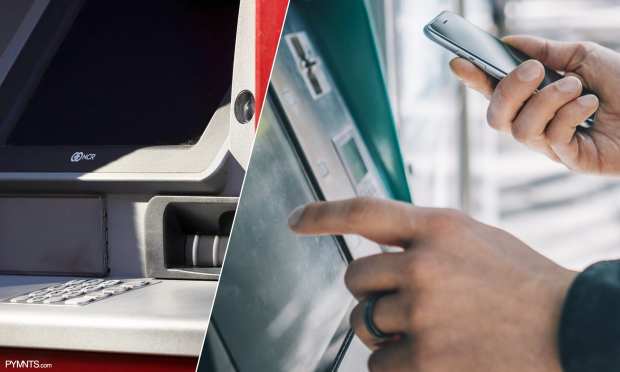
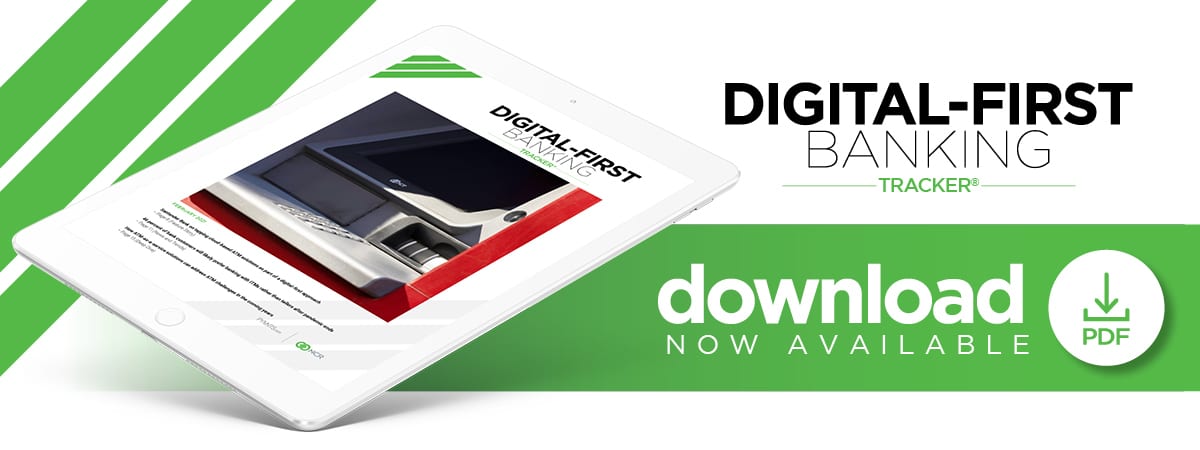 Financial institutions (FIs) continue to confront one of the most significant upheavals in the banking industry’s history as they continue to grapple with the pandemic and its ensuing economic downturn.
Financial institutions (FIs) continue to confront one of the most significant upheavals in the banking industry’s history as they continue to grapple with the pandemic and its ensuing economic downturn.
Digital banking has become many consumers’ primary avenue for bank interaction, with 80 percent of J.P. Morgan Chase’s customers saying they prefer to manage their money digitally, for example.
ATMs are another financial channel that have experienced major changes over the past year. Studies showed that some ATM providers saw year-over-year declines in their use, such as in the U.K. with customers still preferring them to in-branch visits, but many desiring wholly digital transactions. Banks are exploring a range of new options to keep ATMs as a viable option, including outsourcing their maintenance to dedicated third-party ATM-as-a-Service providers.
In the February Digital-First Banking Tracker®, PYMNTS explores the latest in the world of digital-first banking, including the fluctuations in ATM use and costs, the expanding role of the ATM-as-a-Service industry, and the ever-expanding presence of mobile banking as a channel for customers’ financial lifestyles.
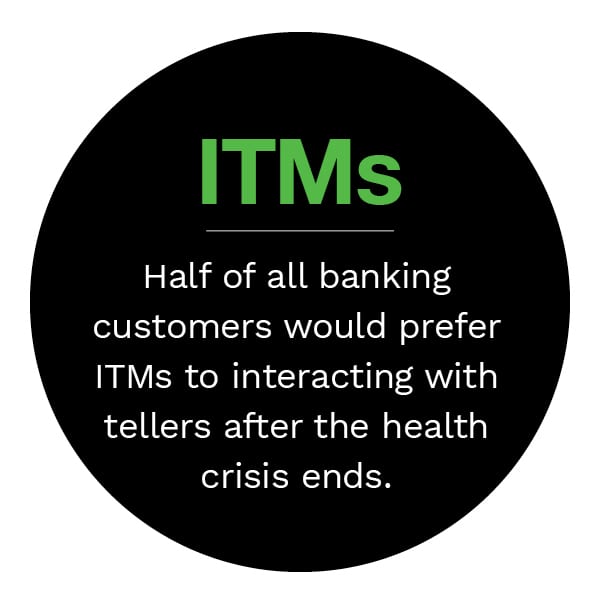 Developments From The Digital-First Banking World
Developments From The Digital-First Banking World
Consumers are increasingly choosing to use automated solutions rather than human tellers, and this preference is expected to continue even after the pandemic recedes. One study revealed that 46 percent of bank customers would prefer banking with interactive teller machines (ITMs) rather than human tellers in a post-pandemic world, and 60 percent of customers said shifting toward self-service transaction models is important. This trend toward self-service solutions is far from unique to the financial world, with only 45 percent of customers preferring human employees for placing fast food orders, for example.
ATMs are experiencing challenges in some regions due to unclear oversight regulations. A study found that the machines’ growth has been stalled in India, for example, where the total number of ATMs on the subcontinent dropped from 234,357 in March to 234,244 in September. This stagnation is due to Reserve Bank of India dragging its feet in choosing a national ATM fee structure, which has resulted in banks and ATM developers not replacing old or obsolete machines until this structure has been decided.
Digital banking is also on the rise in many regions as the pandemic makes in-branch services a potential infection vector. A study found that 73 percent of banking customers in Pakistan leverage digital-first 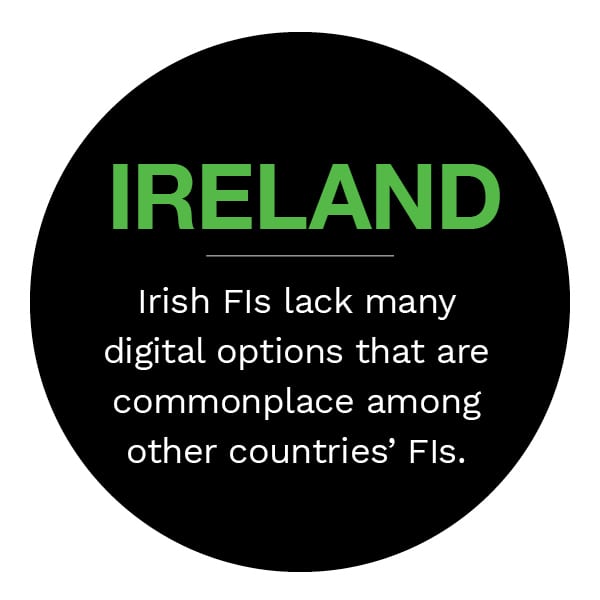 channels as their primary interaction with their banks, for example. Eighty-six percent are using mobile banking for fund transfers, according to the study, with 85 percent using it to check their account balances and 75 percent leveraging it for bill payments, signifying a wide range of interests when it comes to digital banking.
channels as their primary interaction with their banks, for example. Eighty-six percent are using mobile banking for fund transfers, according to the study, with 85 percent using it to check their account balances and 75 percent leveraging it for bill payments, signifying a wide range of interests when it comes to digital banking.
For more on these and other digital-first banking news items, download this month’s Tracker.
How Cloud-Based ATM Options Can Help FIs Realize Their Long-Term Digital Goals
Cash use has fluctuated wildly during the pandemic, leaving banks second-guessing the effectiveness of their ATM strategies due to diminishing returns. Some FIs are instead deploying cloud-based ATM options, with the goal of providing a similar level of service at a greatly reduced cost.
In this month’s Feature Story, PYMNTS spoke with Tamara Zaichkowsky, head of the consumer and business banking restructuring office at Santander Bank, N.A., about how deploying cloud-based ATMs can help banks devote more resources to their digital-first goals.
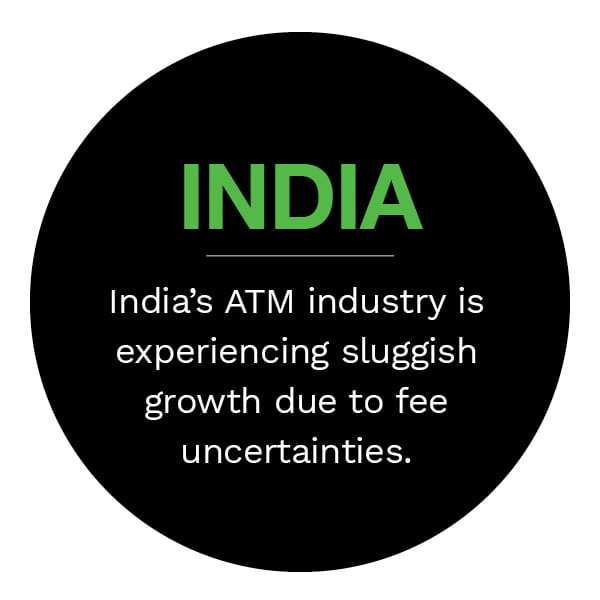 Deep Dive: Exploring The Rise Of ATM-as-a-Service Solutions
Deep Dive: Exploring The Rise Of ATM-as-a-Service Solutions
ATMs are an integral part of an FI’s offerings, allowing customers to withdraw cash and perform myriad functions without entering physical bank branches. The ongoing pandemic has greatly curbed ATM usage in many regions, however, forcing FIs in these markets to either cut back on their ATM offerings or lose money while continuing their existing ATM programs.
This month’s Deep Dive explores how FIs can harness third-party ATM-as-a-Service solutions to get the best of both worlds, serving the customers who rely on these machines for their financial lifestyles without devoting unreasonable sums toward maintenance and cash management.
About The Tracker
The Digital-First Banking Tracker®, a PYMNTS and NCR Corporation collaboration, is the go-to monthly resource for updates on trends and changes in digital-first banking.